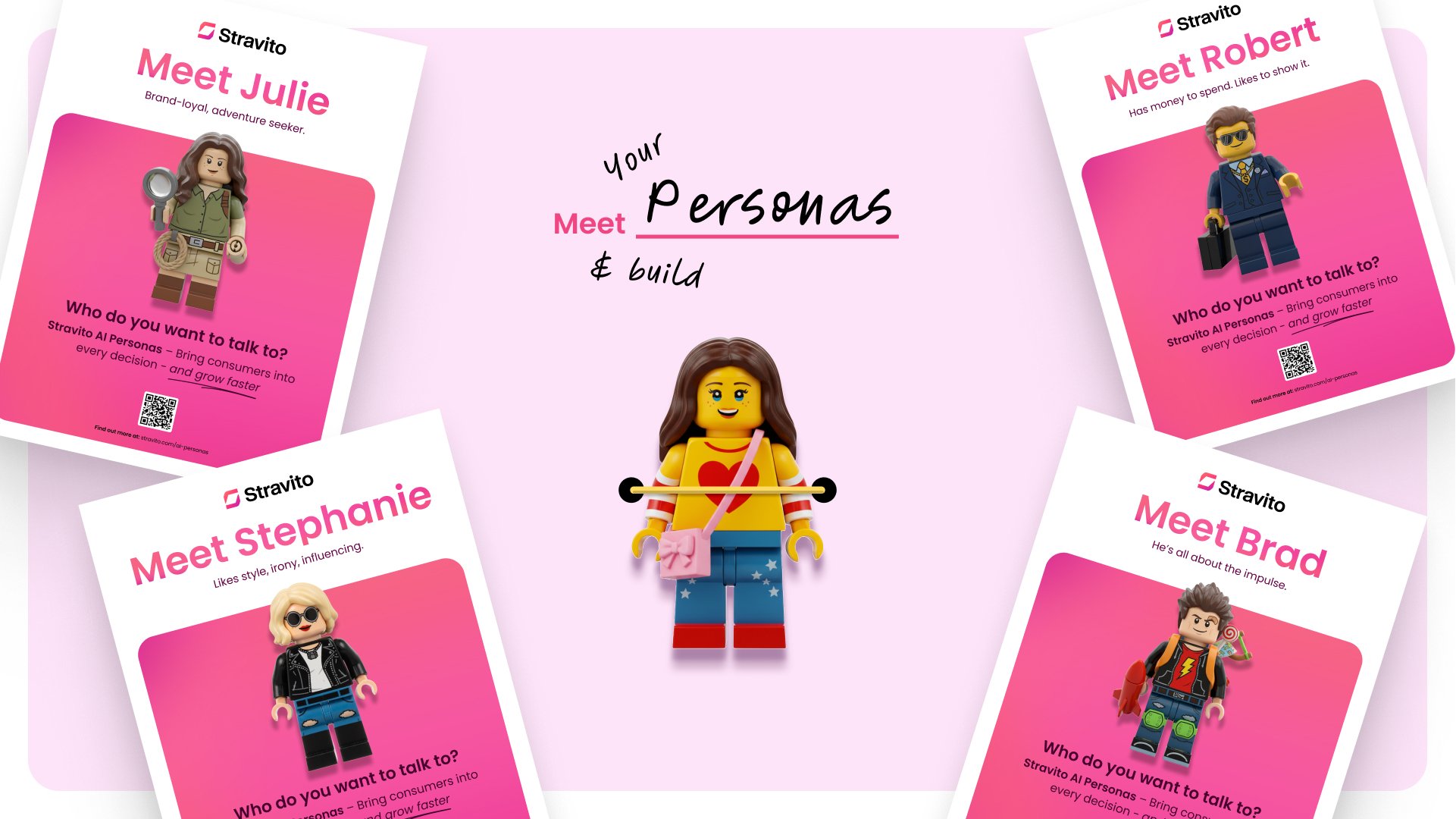In a perfect world, great research would speak for itself. But the reality is that when it comes to influencing senior decision-makers, insights alone rarely make it to the top table. So, what can you do to make your research land?
Lisa Payne, Global Director of Product and Design UX Research at Condé Nast, has plenty of solid experience in making insights matter. Her career has included roles at Virgin Media, Discovery, Sky, and now Condé Nast, where she supports brands like Vogue, The New Yorker, and GQ.
In our recent episode of The Insighter’s Club Podcast, Lisa shared specifically what it really takes to make the customer’s voice resonate in one of the places where it matters most: the C-suite. Keep reading to discover her actionable tips, including the importance of championing qualitative research.
1. Embed research early to shape direction
When researchers and analytics professionals are brought in to validate decisions at the end of a project, insights lose power. But when they’re involved early, asking questions, identifying blind spots, and influencing direction, they help build products that actually serve people.
Make sure to embed research checkpoints across the entire product lifecycle, from discovery to design, testing, and prioritization. Bring up valuable insights at key strategic moments, such as quarterly planning, objectives and key results (OKR) meetings, and strategic roadmaps.
The result is more intentional decision-making, deeper alignment, and a stronger competitive edge in a noisy market. If C-suites understand the reasons behind each decision and how they impact real users, they’re more likely to support them.
2. Get clear on what insight is – and isn’t
Interesting observations are often mistaken for insights simply because they’re easy to notice and describe. Lisa used to jokingly call these types of findings “catchphrase insights,” after the popular British game show where contestants say exactly what they see.
But real insights go deeper. It’s not just what you found but why it matters and how it can help the business move forward.
Lisa thinks of a great insight as a “moment of sharp clarity,” the kind that reframes a problem or shares a new path entirely. That’s the difference between a finding that’s merely interesting and one that’s actually useful.
Don’t just present surface-level findings to C-suites. Go further. Help them understand what your insights mean and what the business can do about it.
3. Challenge the myths around qualitative data
The myth that qualitative insights are somehow less meticulous, scalable, or are simply anecdotal continues to undermine their strategic value.
It’s time to reframe these views. Qualitative data isn’t soft; it’s sticky. It builds empathy, sparks action, and helps teams connect with the humans behind the data.
For example, the right user quote or 30-second emotive video often resonates with busy senior stakeholders because it’s relatable.
Likewise, part of the power of qualitative research lies in what Lisa calls “depth over breadth”. If even just five or six people from significantly different backgrounds separately identify the same issue, unprompted, it’s a clear signal for change.
4. Blend qualitative and quantitative research
Rather than pit qualitative and quantitative research against each other, treat them as complementary tools.
The aim is to co-create a fuller, more compelling story using various types of data and research to support it, including the who, what, where, why, and how. When qualitative and quantitative research are combined properly and executed well, it leads to stories that stick and capture the attention of C-suites.
But the goal isn’t to force qualitative and quantitative methods together every time. As Lisa shared from her time at Sky, one of the most effective ways to connect qualitative and quantitative insights is by creating a cross-functional hub that brings together different teams, such as product researchers, data analysts, market insight teams, and customer service staff. There, everyone can share briefs, discuss common questions, develop a mutual language for insights, and bring different perspectives.
5. Use emotionally engaging formats to make insights matter
Even the most meaningful, interesting insights won’t make an impact on busy C-suites unless they’re delivered in the right way, at the right moment.
Lisa shared an example of a usability test done for Vogue.com. A visually impaired user struggled to navigate the site despite it technically meeting accessibility standards. But her frustration wasn’t captured by metrics — instead, it was her experience on video.
That footage, paired with her deceptively positive user rating, hit harder than any pie chart or statistic. It prompted the product and design team to become more accountable and shifted their attention from technical compliance to human-centered consideration.
6. Lead with intent, not just outcomes
One of the most practical lessons for influencing the C-suite is translating user needs into business outcomes, what Lisa refers to as “intent-first thinking.”
Too often, research strategies begin with business-first targets, such as conversions, traffic, and revenue (for example, increasing conversions by 10%). In many cases, teams end up working backward to justify the targets. But switching this approach delivers better outcomes.
Focus on your customer’s needs, motivations, and pain points. Then, use that understanding to shape your product, service, or strategy. When you solve real user problems, the business benefits tend to follow naturally.
This shift from chasing numbers to understanding intent builds better products and reduces risk, making your research efforts more visible to senior stakeholders.
Make the customer voice heard where it matters most
Bringing the customer voice to the C-suite is all about being smarter with how, when, and why insights are shared. From embedding research early on in projects to using emotionally resonating formats to share insights, it’s clear that meaningful impact comes with intent, clarity, and relevance.
The customer’s voice is powerful. Let’s make sure it gets the platform it deserves.
🎧 Listen to the full podcast episode here to learn how to bring the customer voice to the C-suite in depth. 🎧




